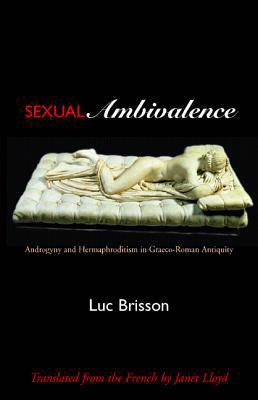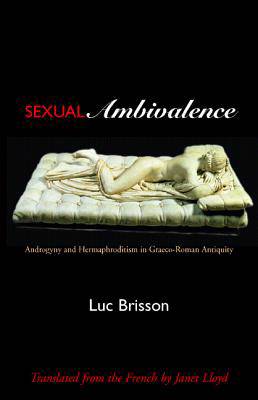
- Retrait gratuit dans votre magasin Club
- 7.000.000 titres dans notre catalogue
- Payer en toute sécurité
- Toujours un magasin près de chez vous
- Retrait gratuit dans votre magasin Club
- 7.000.0000 titres dans notre catalogue
- Payer en toute sécurité
- Toujours un magasin près de chez vous
33,95 €
+ 67 points
Description
Luc Besson collects most of the extant written Graeco-Roman material on human beings, divinities, animals and other creatures that were said to have been both male and female and provides a commentary on the material, placing it within its historical and intellectual contexts.
Spécifications
Parties prenantes
- Auteur(s) :
- Traducteur(s):
- Editeur:
Contenu
- Nombre de pages :
- 209
Caractéristiques
- EAN:
- 9780520223912
- Date de parution :
- 28-03-02
- Format:
- Livre broché
- Dimensions :
- 140 mm x 210 mm
- Poids :
- 272 g

Les avis
Nous publions uniquement les avis qui respectent les conditions requises. Consultez nos conditions pour les avis.






